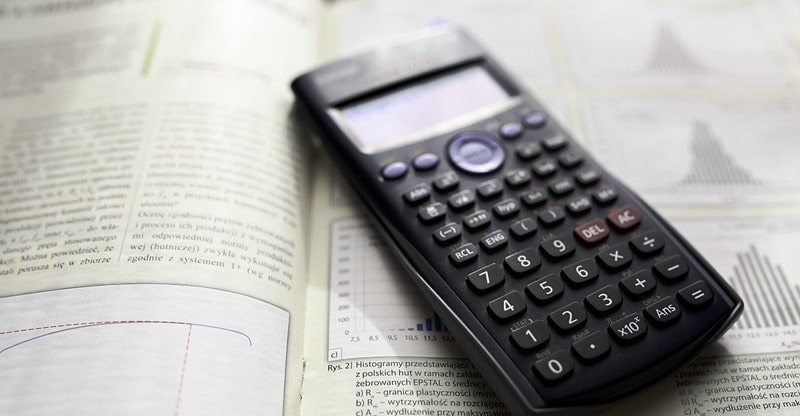5 Common Mistakes in Using The Calculator and How to Avoid Them
Every profession and institution uses a calculator. It’s an integral part of their daily duties because they have various calculations to carry out. Some people have mastered the ways to use these devices, but they aren’t perfect or immune to mistakes.
And if you use them a lot and you’re wondering about the possible mistakes you can make, we’ve come up with 5 common calculator mistakes for you, and explained how you can avoid them.
1- Rushing
A lot of people who make hundreds of calculations over the years tend to make mistakes, most of the time simply due to clicking the wrong button early on which messes up the whole process for them. Sometimes people are stressed or under a tight schedule and end up accidentally clicking something incorrect or they forget to click on an integral operator for the equation.
Missing a number can make a substantive difference in the end result, making the whole process insignificant. Other times are when students have a 60-minute exam and have so many questions to go through; that time limit is stressful enough as it is, making you on edge every second. The best thing for you is to relax, stay calm, and use the calculator slowly and steadily; you are not doing any favors for yourself by clicking around so fast.
2- Midpoint and Distance Formula Miscalculation
You have some formulas in math that are sometimes taught together because they are connected in a way. One of these connections is the Midpoint and the Distance formula relationship. They are used when you want to find the middle point between two points on a graph, and you can use a computerized method through the CalculatorBee calculator to find the end result quicker. But it’s just the assurance of knowing what the end result should be.
So when you calculate the midpoint and you write down the steps, you might be asked to calculate the distance between each point and the distance of the midpoint relative to one or both of the main points. You can’t do this next step if you calculated the first step incorrectly, the distance would come out wrong because the original calculation of the midpoint was wrong. You have to make sure you’ve written every number and every symbol correctly.
3- Incorrect Window Setting for Graphing
Another common mistake is when you’re trying to solve an equation, but didn’t set the graph window properly, getting that dreaded message “ERROR: WINDOW RANGE” when it happens. For example, you have an equation for a circle and you want to define the areas within its limits; you want to know how far out the radius of that circle goes using Xmin-Xmax and Ymin-Ymax. This mistake usually happens when you set the exact coordinates of each point wrong.
For example, Xmin is set higher or equal to Xmax and Ymin is set higher or equal to Ymax. You’d never get a proper result this way; you have to set up the right configuration with the exact number if you hope to solve the equation correctly.
4- Using the Wrong Symbol For Negative Numbers
One of the most common mistakes while using a calculator is assuming that the [–] and [(-)] symbols are the same; this can stop you from finishing your calculations because you’d get an “ERROR: SYNTAX” error message.
For example, if you use [–] instead of [(-)] in the interior of your expression to signify a negative number, you won’t be able to get to the next step or get a final result. You have to make sure you’re clicking the proper symbol for each number on the calculator to solve your equation.
5- Function Gets Deactivated
Another annoying mistake that can frustrate anyone is having your function accidentally deactivated when you’re in the middle of calculating something. Some calculators can have activated and deactivated functions so you need to pay close attention to your screen to see if it’s activated or not.
Knowing when it’s not can be determined when you see the equal sign next to isn’t Y1 highlighted. So, keep a watchful eye on that or else you will be forced to repeat everything again.
Mathematics is something we all use every day, no matter what we do. Calculating and progressing different outcomes or the odds is how our lives work most of the time. But you can’t possibly memorize every single aspect of math and expect to remember it for many years, which is why calculators are so handy and helpful. Understanding the common pitfalls of using them can do wonders for your daily calculations.



